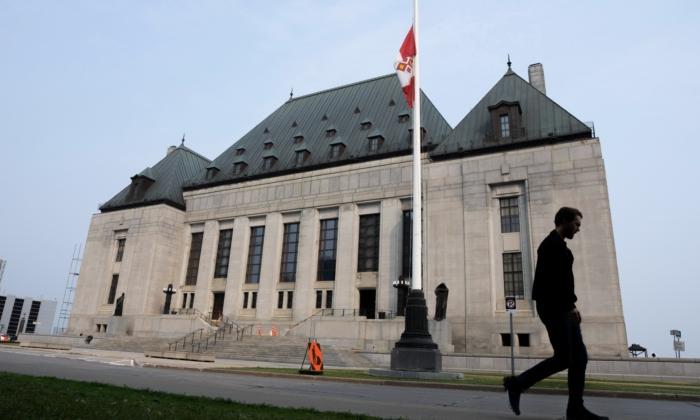OTTAWA—Canadians owe $1.67 in credit market debt—mortgages, other loans, and consumer credit—for every dollar of disposable income.
Statistics Canada said on Dec. 14 that the ratio of household credit market debt to adjusted disposable income crept up to 166.9 percent in the third quarter, up from 166.4 percent in the second quarter.
Benjamin Reitzes, a senior economist at BMO Capital Markets, said the half percentage point increase in the debt ratio was well below seasonal norms and the smallest third-quarter increase since 2000.
“Even with the more modest increase, the upward trend in household debt . . . continues unabated,” Reitzes wrote in a report.
“However, we might start to see the ratio flatten out a bit in 2017 as the Vancouver housing market has cooled notably due to the foreign buyers’ tax, and the new mortgage rule should dampen activity modestly in 2017.”
Statistics Canada said the higher debt ratio came as adjusted disposable income increased 1.0 percent, while household credit market debt grew 1.3 percent.
Total household credit market debt totalled $2.004 trillion at the end of the third quarter. Mortgage debt accounted for 65.5 percent of the total in the third quarter, up from 65.1 percent in the second quarter, Statistics Canada said.
The household debt service ratio—payment obligations as proportion of disposable income—edged down to 14.0 percent in the third quarter from 14.1 percent in the second quarter.
Despite the increase in household debt, household net worth rose 2.5 percent in the third quarter to $10.133 trillion.
The increase came from a 3.2 percent increase in financial assets as the value of investment fund shares, particularly mutual fund units, life insurance, and pension assets rose.
Non-financial assets, mainly real estate, grew 1.2 percent.
Royal Bank economist Laura Cooper noted that the household saving rate increased to 5.8 percent in the quarter, up a full percentage point from the second quarter and its highest level since the first quarter of 2001.
“That said, the further deterioration in the oft-cited debt metric will serve to strengthen the Bank of Canada’s appraisal that elevated household indebtedness remains a key vulnerability to financial stability,” Cooper wrote.





